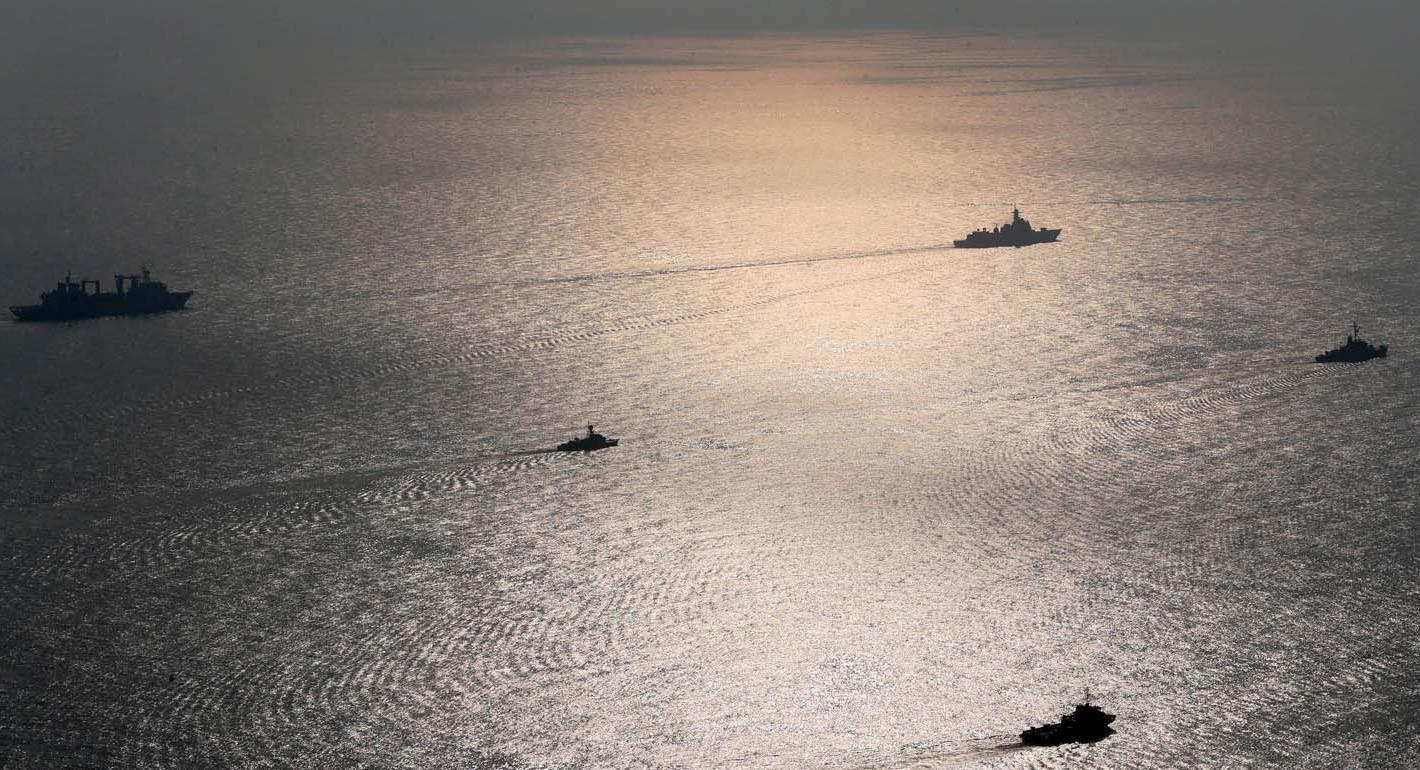This Q&A has been adapted from a Carnegie live event assessing U.S.-China relations in the aftermath of the midterm elections and China's 20th Party Congress.
Paul Haenle: What is your assessment of the 20th Party Congress? In terms of U.S.-China ties, will relations stay the same, get better, or get worse going forward?
Chong Ja Ian: In terms of the Party Congress, a lot of the analysis that I see in our part of the world is a bit different from what you see in Washington and in Beijing. There is, certainly, a lot of attention on the increased talk about struggle, and people have taken notice of the emphasis on security.
But for Southeast Asian countries, who are not the major, great powers of the world and are therefore a lot more anxious, the view is that China has been pretty tough for the past five years, and has become increasingly so. That trajectory seems likely to continue. There is concern over the internal focus on technology and trade. As you know, many countries in Southeast Asia look at China as a large trading partner, and there is a lot of trepidation about where things could go if China continues to look inward.
One of the noticeable things about Southeast Asia’s approach to China is that many countries are staying quiet. And that relative silence is reflective of a degree of uncertainty. There is a concern that if you say things that Beijing does not like, it will get upset. China seems to have this habit of becoming upset about many things very frequently. At least that’s the read here in Southeast Asia.
On the other hand, the region seems to have no sense of how to handle tensions between the United States and China. Instead of complaining, do you back off more? Do you try to assert yourself, assert your own voice a little bit more?
The holding pattern that we have seen for a while is this “not choosing sides” business. If you think about the wording, “we do not wish to choose sides,” it is a very passive policy. You have essentially ceded initiative. You are trying not to make any decisions. In that regard, it is reflective of a worry that, on the Chinese side, things will get tougher. But on the U.S. side, things do not look any easier. There is a lot of effort to remain quiet, and there is not really a clear idea of what to do. If you think about Southeast Asia, Singapore in particular, we have really benefited from being able to work with both sides and benefit from those interactions. If there’s more distance, more tension between Beijing and Washington, the strategy forward is not as clear.
As a friend of mine says, the region has really tried to make use of its relationship with both sides. But you could end up in a situation where you offend both sides, and there is a real fear of being squeezed in the middle. So far, there is no real idea of what to do about it.
Paul Haenle: How did Southeast Asian countries view Speaker Nancy Pelosi’s visit to Taiwan this past summer?
Chong Ja Ian: There was a lot of alarm in Southeast Asia. Part of it is because, perhaps, there is a degree of inattention to what has been going on regarding Taiwan. Speaker Pelosi’s visit drew a lot of attention in the region toward China’s flights across the median line of the Taiwan Strait, the naval patrols, and some of the missile tests, not only those around Taiwan, but also those further into the South China Sea.
Before, people were not paying attention, or maybe did not want to pay attention. But the Pelosi visit and its aftermath, the Chinese military exercises in particular, suddenly made people in the region realize that some of the missile test areas that China marked out are only twenty nautical miles from Philippine territorial waters. That’s mighty close.
The United States has traditionally moved forces from the Pacific to the Middle East and Central East via Southeast Asia, including through Indonesian and Malaysian waters and airspace and through Singapore. If there is going to be some kind of crisis, U.S. forces will likely come into Southeast Asia. Beijing knows this, and it may try to delay these efforts, which could be significant. That would mean a lot of pressure on Southeast Asian countries. Do you open your waters? Do you open your airspace? What kind of pressure is going to come from both Washington and Beijing? There is a recognition that a Taiwan conflict is not going to be restricted to the Taiwan Strait. That is worrying, and I think governments in the region do not quite have answers for these kinds of issues just yet.
